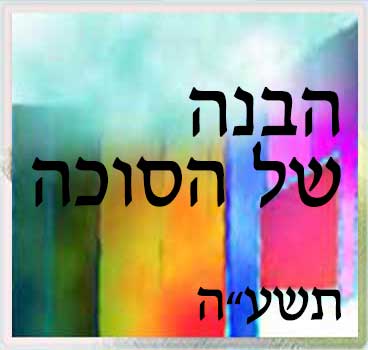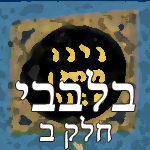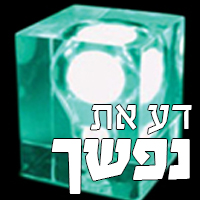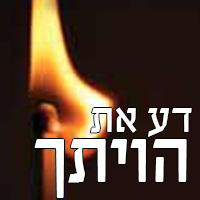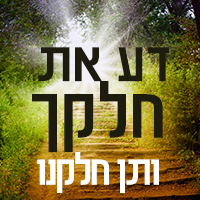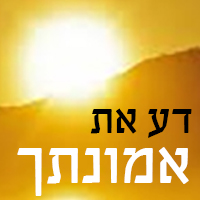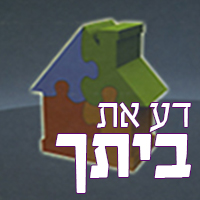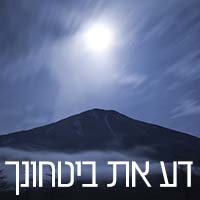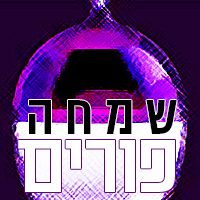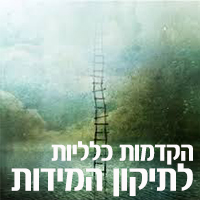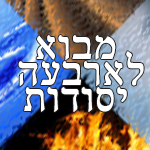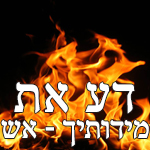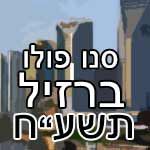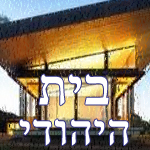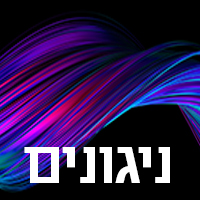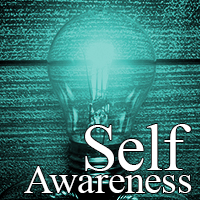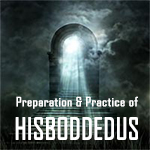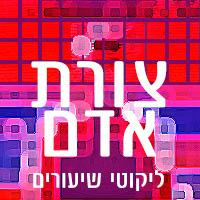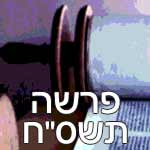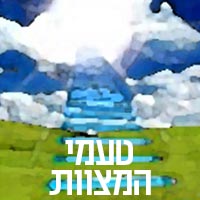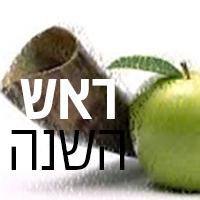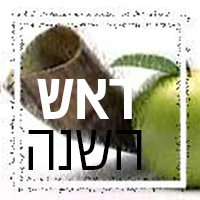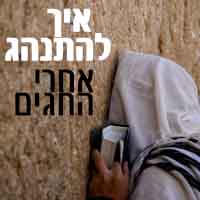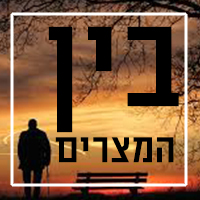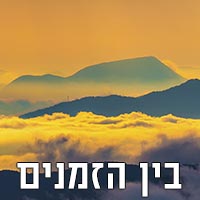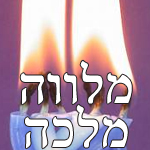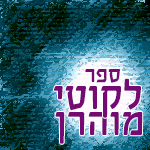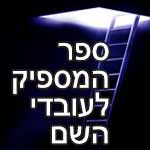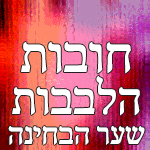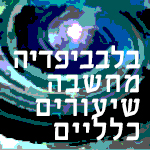Home
English translations in audio, video and print »
Video Hundreds of shiurim for download »
Reaching Your Self
011 Stop Being Egotistical 018 Imagination Used for Holiness 06 Desire For Knowledge 008 The Jews New Perspective 008 Awareness & Experiencing Reality 015 Actualizing Your Innermost Point 010 Pleasure in Marriage Preventing OTD 005 How To Hate Evil and Aspire For Unity 015 Happiness vs Escaping Reality 009 Purim Wine 293 Getting Higher
Droshos
Our Generation Talking with Hashem 036 Devarim | Money Destroys Epidemics Really Awaiting the Geula Core of Corona Time to Reveal Your Inner Light Revealing Your Individuality 076 Repairing The Cosmic Mix-Up In Search of Simplicity Becoming Truthful 2007 003 Feeding Your Soul Path of the BT The Only Way Out Of Our Problems Preparing For The Times of Mashiach 003 Feeding Your Soul In Search of Simplicity 014 Purpose of Modesty 133 Sanctuary Really Awaiting the Geula The Only Way Out Of Our Problems 005 Nothing But The Truth 015 Getting Out of Your Self Talking with Hashem 001 Four Kinds of Souls Becoming Truthful 2007 The Only Way Out Of Our Problems Va'ad Tzipiyah L'yeshuah Chapter 04 The Senses of the Soul 018 Imagination Used for Holiness 293 Getting Higher 014 Purpose of Modesty Four Elements Approach What to Do when You are Down Path of the BT
Torah & Tefillah
003 Spiritual Dimensions 024 Metzora | Strive to be Alone- Sometimes 036 Devarim | Money Destroys 012 Vayikra | Korbon Olah In The Soul 025 Shimini | Integrating With Hashem 020 Shema 013 Accessing Your Previous Lifetime 008 Fear of Death 001 Root of Fearing Hashem 081 Make A “Rav” For Yourself (Part One) 081 Eating With Holiness 082 Awaiting Moshiach 101 Living From Our Emunah 104 Uprooting Inner Evil 084 Preparing For The Redemption 022 Becoming Connected 111 Empathy 123 The Only Lasting Connection 125 Past, Present, Future 126 The Sprouting of The Redemption 128 Body On Earth, Mind In Heaven 133 Sanctuary 150 Descent of the Generations 170 Peace
HolyDays
002 Allowing Hashem To Enter Your Heart 003 Feeding Your Soul How to do Teshuvah 005 Nothing But The Truth 047 Fear & Closeness of Rosh HaShanah 015 Getting Out of Your Self 062 Avoiding Self-Absorption 076 Repairing The Cosmic Mix-Up 003 Feeding Your Soul L-Chayim L-Chayim How to do Teshuvah 008 The Jews New Perspective 007 The Jews Inner Self 017 Experiencing Chanukah 001 Winning The War 019 Rising Above Doubt 005 Head of the Holiday's 293 Getting Higher 003 Inner Bonfire 023 Test of Shavous 024 Living A Life of Neshama 170 Peace 036 Devarim | Money Destroys 001 Light of the Future 02 Doing & Not-Doing







